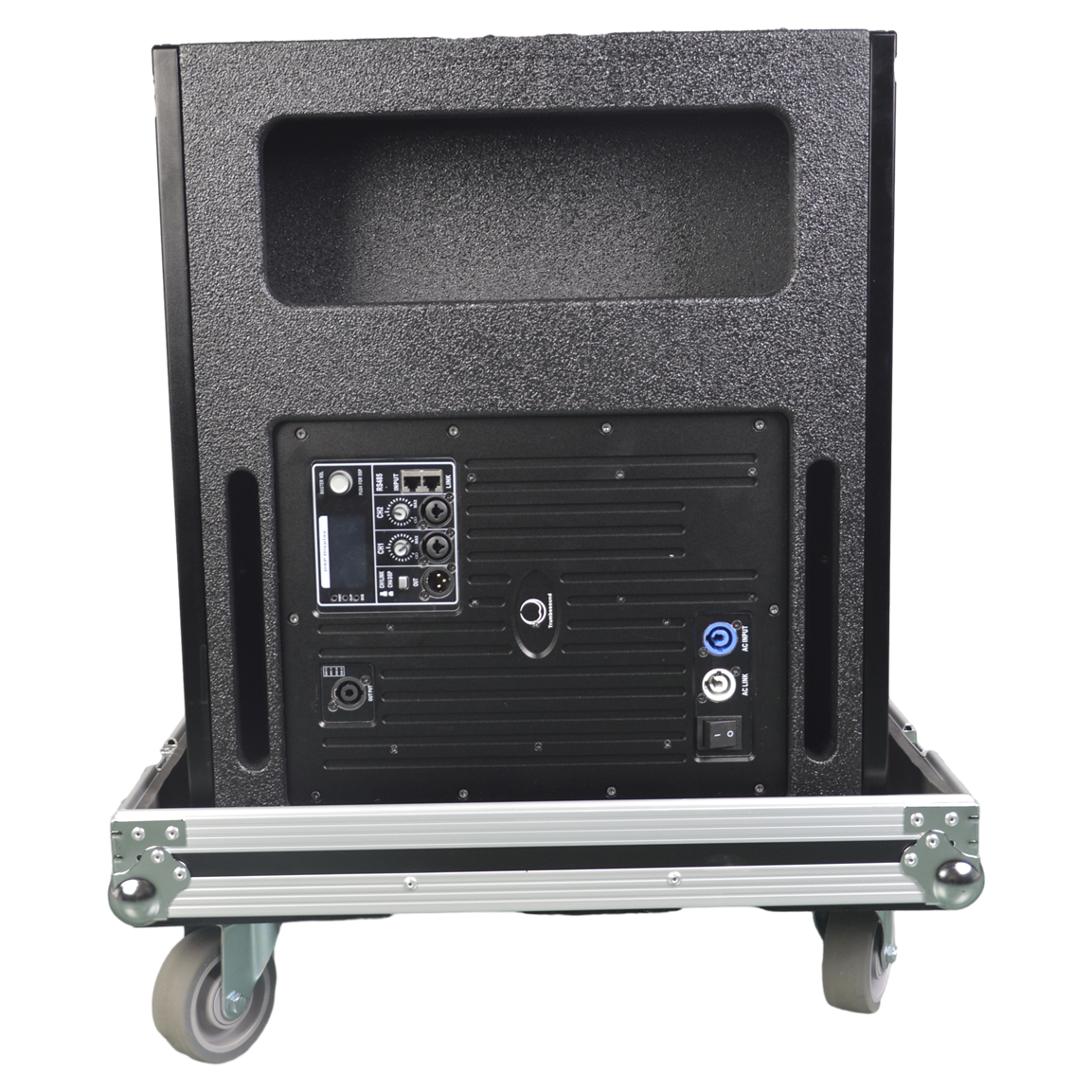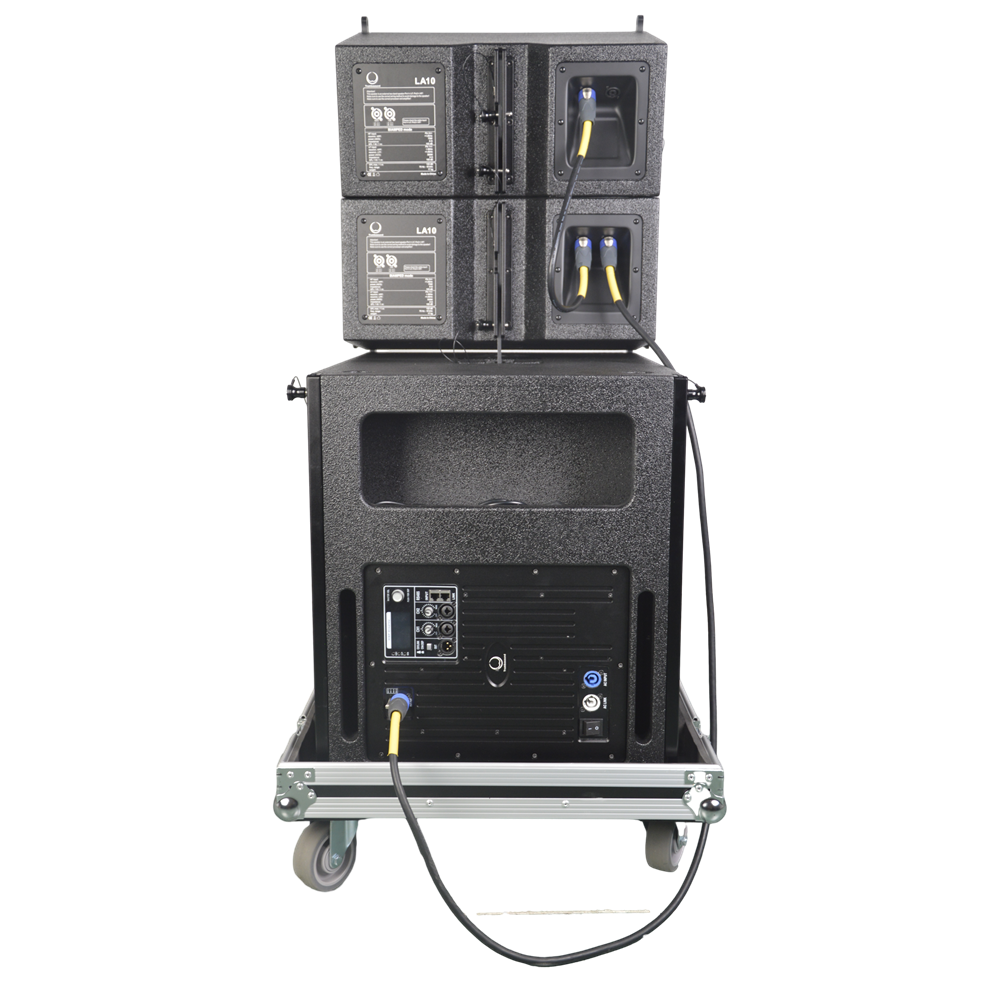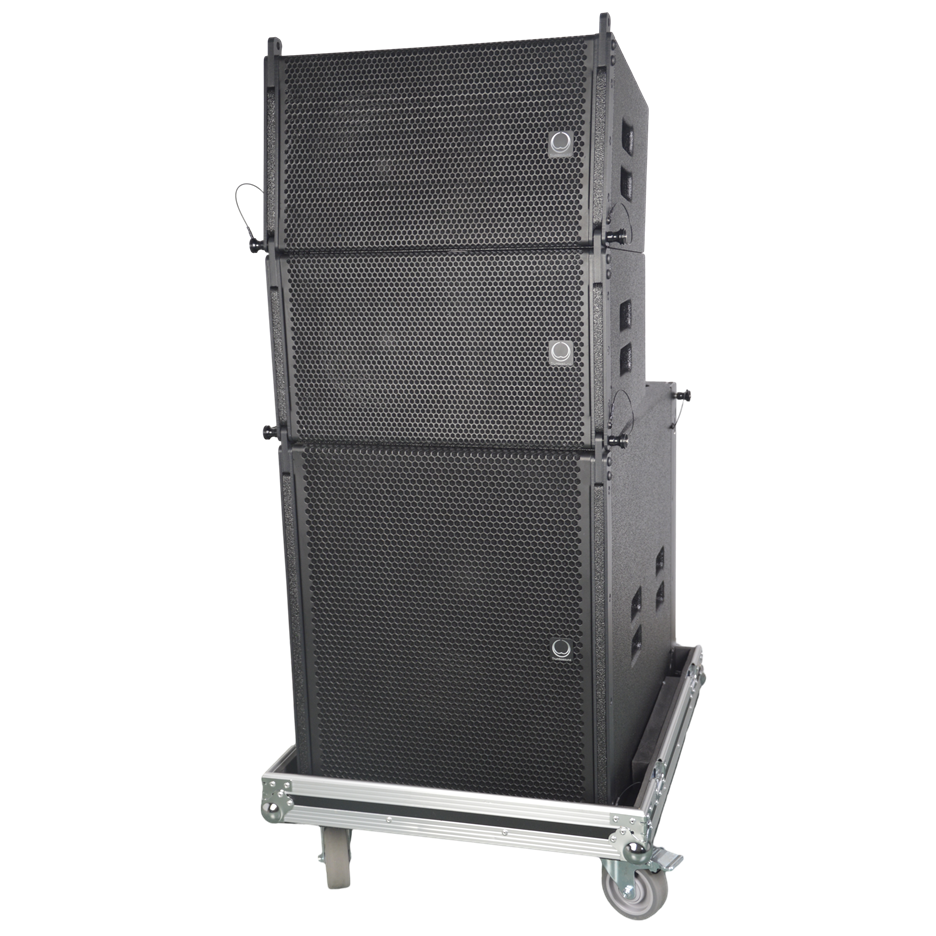Yüksək tezlikli sətir massiv dinamikləri peşəkar audio sistemlərinin əsl qəhrəmanlarıdır və tamaşaçıları hərəkətə gətirən, aydın, şəffaf və detallı səs təmin etməkdə mühüm rol oynayır. Bu dinamiklər xüsusilə işıqlı səs siqnallarının yüksək tezlikli komponentlərini ən yüksək dəqiqliklə bərpa etmək üçün hazırlanmışdır və bu da musiqi və ya nitqin hər bir nüansını aydın eşitməyə imkan verir. Yüksək tezlikli sətir massiv dinamiklərinin əsasında yüksək tezlikli driver (hərəkət edən hissə) yerləşir ki, bu da adətən səs spektrinin yuxarı diapazonunu idarə etmək üçün nəzərdə tutulmuş kiçik, lakin güclü komponentdir. Bu driverlər ümumiyyətlə titan və ya alüminium kimi yüngül materiallardan hazırlanır ki, bunlar onların yüksək sürətlə və dəqiq hərəkət etməsinə və gücləndiricidən gələn elektrik siqnallarına cavab verməsinə imkan verir. Bu sürətli hərəkət driverlərin fövqəladə sürət və detalla yüksək tezlikli səslər çıxarmasına kömək edir və nəticədə hem kəskin, hem də maraqlı səs alınır. Yüksək tezlikli sətir massiv dinamiklərinin əsas üstünlüklərindən biri isə minimal aydınlıq itkisi ilə uzun məsafələrə səs yaymaq qabiliyyətidir. Xətti massiv konfiqurasiyası bir sıra yüksək tezlikli driverlərin xətti naxışda düzülərək uyğunlaşdırılmış və yönəldilmiş səs dalğası yaratması ilə təmsil olunur ki, bu da düz xətt boyunca yayılır. Bu istiqamətlənmiş səs yayılması səsin yayılmasının azalmasına və yuxarı tezlikli səslərin səpilmədən və ya distorsiyaya uğramadan müəyyən auditoriyaya çatmasına kömək edir. Nəticədə yüksək tezlikli sətir massiv dinamiklər böyük mekanlarda, məsələn, konsert zalında, stadionlarda və açıq havada keçirilən festivalda istifadə üçün idealdır, burada səsi uzun məsafələrə yaymaq vacibdir. Yüksək tezlikli sətir massiv dinamiklərinin digər vacib xüsusiyyəti isə səs sisteminin digər dinamikləri ilə harmoniyada işləmə qabiliyyətidir. Əksər peşəkar audio sistemlərində yüksək tezlikli sətir massiv dinamiklər orta diapazonlu və aşağı tezlikli dinamiklərlə birgə istifadə olunur ki, bu da tam diapazonlu səs yaratsın. Yuxarı tezlikli dinamiklər yuxarı tezlikləri idarə edir, orta diapazonlu və aşağı tezlikli dinamiklər isə uyğun olaraq orta və aşağı tezlikləri götürür. Bu iş bölünməsi hər bir dinamikin optimal tezlik diapazonunda işləməsinə imkan verir və nəticədə tarazlı və təbii səs reproduksiyası alınır. Yüksək tezlikli sətir massiv dinamiklərin dizaynı eyni zamanda müxtəlif mekanların akustikasını nəzərə alaraq hazırlanır. Fərqli mekanların fərqli formaları, ölçüləri və materialları var ki, bu da səsin davranışını təsir edə bilər. Yüksək tezlikli sətir massiv dinamiklər tənzimlənə bilən dizayna malikdir ki, bu da səs mühəndislərinə hər bir mekanın konkret akustikasına uyğun səs yayılmasını və dispersiyasını dəqiqləşdirməyə imkan verir. Bu çeviklik dinamiklərin mekanın xarakterinə baxmayaraq mümkün olan ən yaxşı səs keyfiyyətini təmin etməsinə kömək edir. Performans imkanlarının yanı sıra yüksək tezlikli sətir massiv dinamiklər möhkəmlik və etibarlılığı nəzərdə tutularaq hazırlanır. Bu dinamiklər tez-tez istifadə və daşınma zamanı yaranan sıxlıqlara dözəcək qədər inşa olunub ki, bu da onları turne və mobil tətbiqlər üçün uyğun edir. Onların istehsalında istifadə olunan yüksək keyfiyyətli materiallar və konstruksiya texnikaları onların uzun müddət davamlı işləməsinə və sobalanmadan və ya nasazlıqdan qorunmasına zəmanət verir. Bu etibarlılıq peşəkar audio mühitlərində olduqca vacibdir, burada hər hansısa dayanma hadisəsi tədbirə ciddi təsir göstərə bilər. Bundan əlavə, yüksək tezlikli sətir massiv dinamikləri rəqəmsal siqnal emalı (DSP) texnologiyasının inteqrasiyası ilə daha da inkişaf edir. DSP dinamiklərin səs xarakteristikaları üzərində dəqiq nəzarət imkanı verir, məsələn, ekvalayzer, krussover parametrləri və fazanın düzləndirilməsi. Bu səviyyədə nəzarət səs mühəndislərinə dinamiklərin səs keyfiyyətini optimallaşdırmağa və hər bir tədbir üçün xüsusi hazırlanmış audio təcrübə yaratmağa kömək edir. Texnologiyadakı irəliləyişlə əlaqədar olaraq yüksək tezlikli sətir massiv dinamiklər indi daha da təsirli səs performansı təqdim edə bilir ki, bu da onları müasir peşəkar audio sistemlərinin əvəzsiz komponentinə çevirir.


